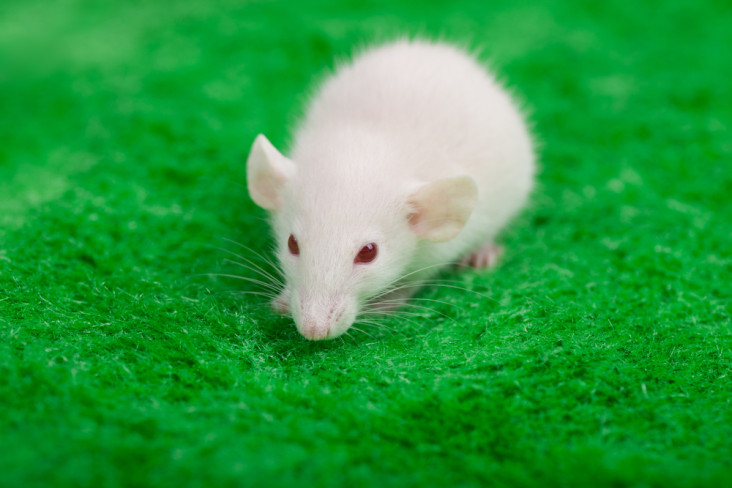A complex spectrum of disorders, it’s highly unlikely that there’s a single cause for autism. That said, a number of genes have been linked with the condition, so can a bit of genetic tweaking help lessen symptoms? Maybe in the future, a new study suggests, as scientists have now managed to reverse some autism-like behaviors by manipulating a single gene in both young and adult mice, even improving brain function in certain areas.
“This suggests that even in the adult brain we have profound plasticity to some degree,” lead researcher Guoping Feng from the Massachusetts Institute of Technology (MIT) said in a statement. “There is more and more evidence showing that some of the defects are indeed reversible, giving hope that we can develop treatment for autistic patients in the future.”
Called Shank3, the gene contains the instructions for a protein found at the connections, or synapses, between nerve cells across which information flows. As a scaffold, it hooks up receptors for chemical messengers (neurotransmitters) with the inner workings of the cell, helping organize the synapse so that cells can respond to incoming signals. It also helps with the formation of little knobbly bits on neurons called dendrites, which receive synaptic messages.
A small percentage of individuals with autism have been found to be missing the Shank3 gene, and a number of mutations within this gene have also been discovered in those on the autistic spectrum. Exactly how these contribute to the condition remains unclear, although earlier work by Feng has contributed to our understanding. Most notably, deleting Shank3 in mice messed up the synapses in a certain brain region called the striatum, reducing the number of dendrites present, and also led to the development of autism-like behaviors such as deficits in social interaction and repetitive actions.
Read the full article herehttp://www.iflscience.com/health-and-medicine/switching-1-gene-adult-mice-reverses-autism-behaviors

